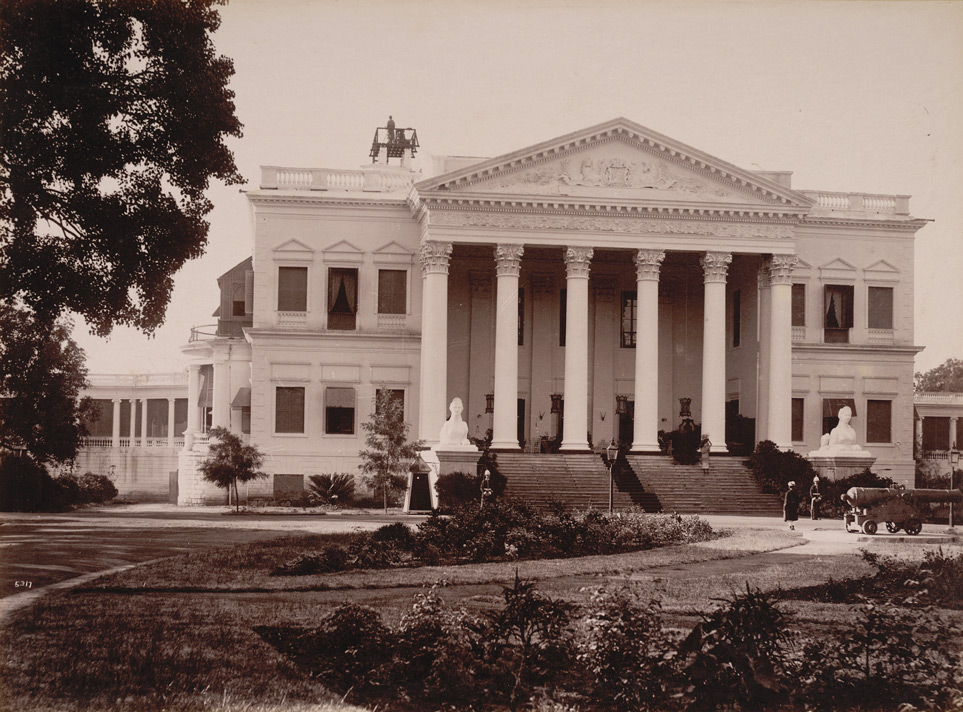
‘Me Nizam, you British.’ This was the kind of atmosphere of ‘social distancing’ that had prevailed in Hyderabad for close to a century. Some parts of the city were under the Nizam while some others formed the British territory.
Consider this aberration of the Abids being ruled by one Government and the neighbouring Moazzam Jahi Market area governed by another dispensation, each having its own laws, rules and administration. It may look absurd, but was nevertheless a reality until some 90 years ago.
Curtains came down on this dubious plurality in 1933 when wisdom and pragmatism prevailed on the part of both governments and the areas came under one governing roof.

This lesser known transition was popularly known those days as rendition or restoration of the Residency Bazaars (Sultan Bazaar) territory by the British to the Nizam’s Government on June 14.

When the population reached saturation levels in the walled city, people spilled over to the other side of the Musi. Soon clusters of houses and shops came up around the Residency, the seat of the British Resident in what is now Kothi. These clusters grew into a suburb over the years. Locals and immigrants from the north lived there and conducted flourishing business while Christian missionaries set up churches and other institutions. These people felt a sense of security in the patronage and protective environment of the Residency. The area came to be known as Residency Bazaars or Sultan Bazaar. An irregular boundary line divided the British-controlled territory and the Nizam’s. The Nizam as well as the people were unhappy with the arrangement of a separate set-up with judicial and revenue institutions for a small part of the City.
The issue was discussed at the round table conference of political parties convened by the British Government in London in November, 1930. After prolonged negotiations, the British agreed to restore the Residency Bazaars to the Nizam. Col. T. H. Keyes, the British Resident during whose time the territory was restored, and Sir Akbar Hydari, the Nizam’s representative, played a crucial role. The Keyes Girls High School in Secunderabad is named after him.
The formal rendition took place on June 14, 1933 amid wild jubilation as amounted to a dream come true. They went round the area in a victory procession.
The event finds mention in Pictorial Hyderabad. Krishnaswamy Mudiraj, compiler of the well-known book and scion of a family that had served the Asaf Jahi dynasty for generations, provides a graphic account of the handing over ceremony. Lt. Col. Amir Sultan, deputy commissioner of city police, took over charge from de la Condamine Ozanne, superintendent of Cantonment Police. Thousands cheered as the Nizam’s police in buff coloured uniform replaced their khaki-clad British counterparts on duty at the Residency area.
At another function at the Imperial Bank (now SBI on Bank Street), a company of Hyderabad Infantry replaced the British military at the stroke of noon while the Asaf Jahi flag fluttered on the building alongside the Union Jack.
Sultan Bazaar, a bustling commercial centre, is home to a century and half old government school, a landmark clock tower and some heritage buildings. The clock tower had been witness to many demonstrations by the ‘nationalist’ forces against the Nizam’s rule. Nearby is the century old Sri Krishnadevaraya Andhra Bhasha Nilayam.
Dasu Kesava Rao is a seasoned journalist who has worked, among several newspapers, with The Hindu and served as its Bureau Chief in Hyderabad.

